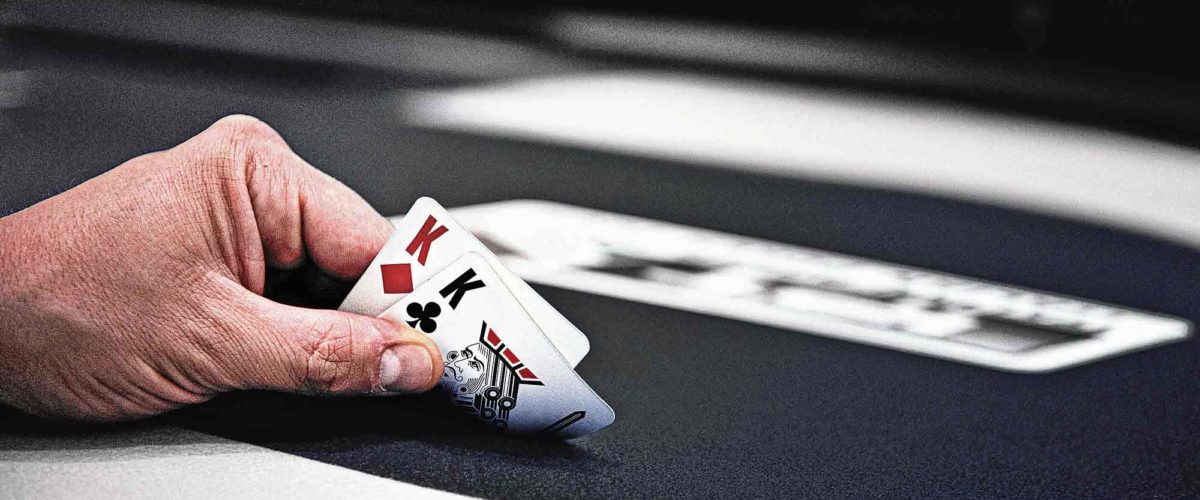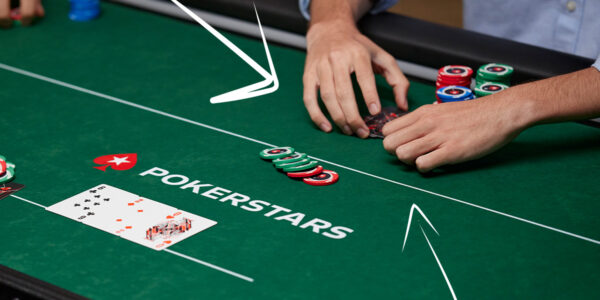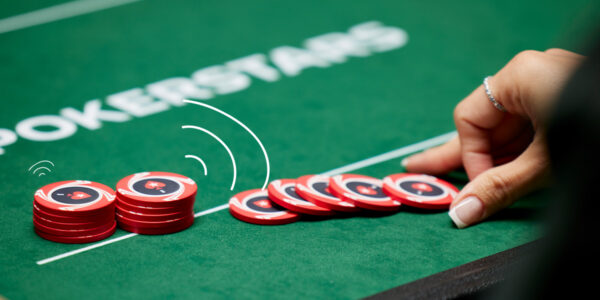Pot Odds and the 50-50 Fallacy
Today we look at one of the most destructive human instincts in poker. We are hardwired to do things which are more good than bad and to avoid things which are more bad than good. Our subconscious minds love to use the threshold of 50% good, or right, as a benchmark. People run marathons because they believe the health benefits, adrenaline rush, and sense of achievement outweigh the burning sensation in their lungs and aching legs. People do not choose to eat hot coals because burning your mouth terribly is not worth the bragging rights to your friends. Poker asks us to do things that are more bad than good all the time. We often have to throw money into a pot that we will usually lose.
This is all because of pot odds. Before we explore the psychology further, let’s do a quick refresher course on how they work.
The Pot Odds of Facing a Bet
When we face a bet that is less than the pot, we will always need less than 33% equity to profit from a call. Imagine that the pot is $100 and Villain bets $50 into it on the river. We have to invest a further $50 into a pot which will become $200 after we call. This means that our investment will constitute 25% of the final pot. Therefore, if we can recoup 25% of the final pot, we get our investment back. This means that our break-even win percentage is 25%.
How the 50-50 Fallacy Causes Bad Folds
I played a hand earlier this morning at 100NL ZOOM that went as follows.
A recreational player whom I’d never played with before opened to $3.00 in the HJ and I 3-Bet on the BU to $9.50 with Q♥ Q♠ . Villain called and the flop came down A♦ J♣ 5♥ . Villain checked and I checked behind. This is the best way to play here vs. unknown weaker players as they often make bad turn and river bets but will struggle to make many mistakes against a bet when we hold this mediocre hand.
On the turn of the 2♦ , the pot was $20.50 and Villain led out for $10. I have a trivial call here.
The river was another brick – the 8♣ – and Villain bet $19 into 40.50. As this bet is slightly less then half pot, I need slightly less than 25% equity to call.


This spot is more bad than good.
I am going to lose here the majority of the time to Ax or better. However, there is easily enough volatility in the weaker player portion of the pool for me to be winning around 30-40% of the time, in my opinion. This is far more than the 25% equity target sets us. If I let my brain run the ‘more bad than good’ script it is used to using in life, I will end up making a bad fold here and get back less in the long run than I will by calling.
I make the call and lose to A♣ J♣ . I’m perfectly aware that calling to win 25% of the time or more involves frequently losing. The situation might be financially more bad than good but it is still more good than bad to call. I should not question my call based on the fact that I lost because I had already accepted usually losing!
The Pot Odds of Bluffing on the River
When we make a bet with a hand that will always lose when called, we are pure bluffing. Let’s say we consider betting one third of the pot on the river as a cheap bluff. The pot is $300 and we bet $100 to try to fold out the bottom of Villain’s range. We are risking one unit to win three. Our one unit will become part of a pot of four units and will constitute 25% of the new pot. If Villain folds one quarter of the time, then, we shall recoup this $100. If he folds any more often than this, then the bluff is profitable – we get back the $100 plus some extra bucks.
Very often, we can make people fold more than one time in four with these small bluffs, but many players never ever make them. Why? Because it feels like you will usually get called. It feels more bad than good!
How the 50-50 Fallacy Causes us to Miss Good Bluffs
The other day I opened to $3.00 in the SB with 10♣ 7♣ and a competent regular called in the BB.
The flop was 6♠ 4♠ 2♦ and I checked, planning to simply give up with this hopeless hand. Villain checked behind and turn came the 8♥ . I bet one third of the pot and Villain called. This is a very common line in game theory after Villain has capped his range by checking behind flop. He will have a lot trash here that would beat me at showdown so I’m incentivised to use lots of small bets.
The river was the 3♦ and I bet one third pot once again with my almost nut-low! If we can make this opponent fold a good chunk of his King-high and Ace-high, then he will be folding out far more than 25% of his range. This bet should lose less money than checking would. However, it is also true that most of the time my bet will get called and I will lose an additional amount of money. My subconscious wants to check because it doesn’t like the idea of investing money to usually lose. I have to override this faulty program to find the profitable bluff.
This time, Villain raises and I fold. That’s okay. I had accepted usually losing the extra money. It’s still better than checking!
Conclusion
The 50-50 Fallacy will cause you to ignore the most fundamental element of the entire game – pot odds – do not let it dupe you into thinking in a non-statistical way. Poker demands this mathematical outlook. Pot odds are truly not overrated.











